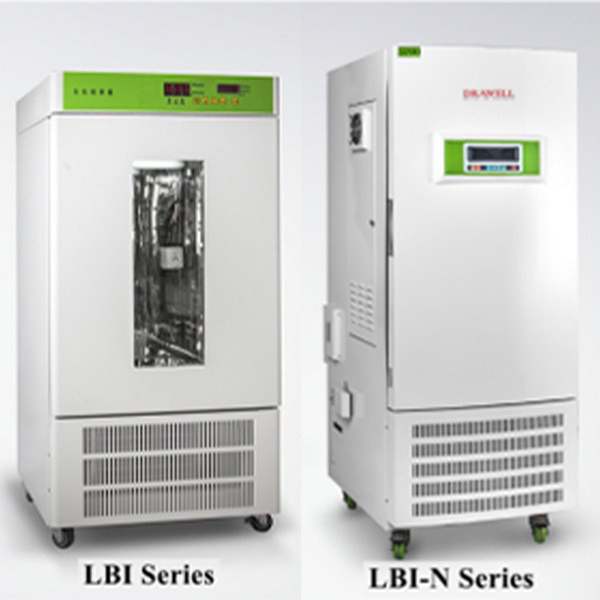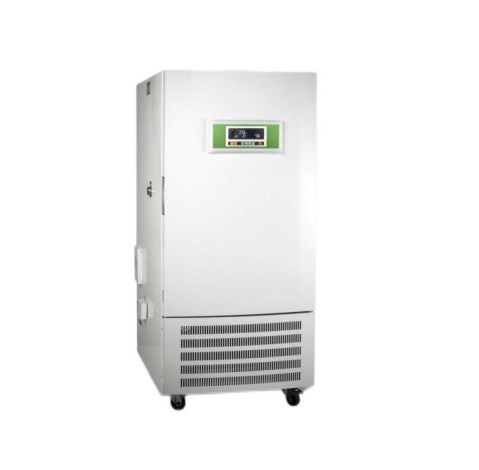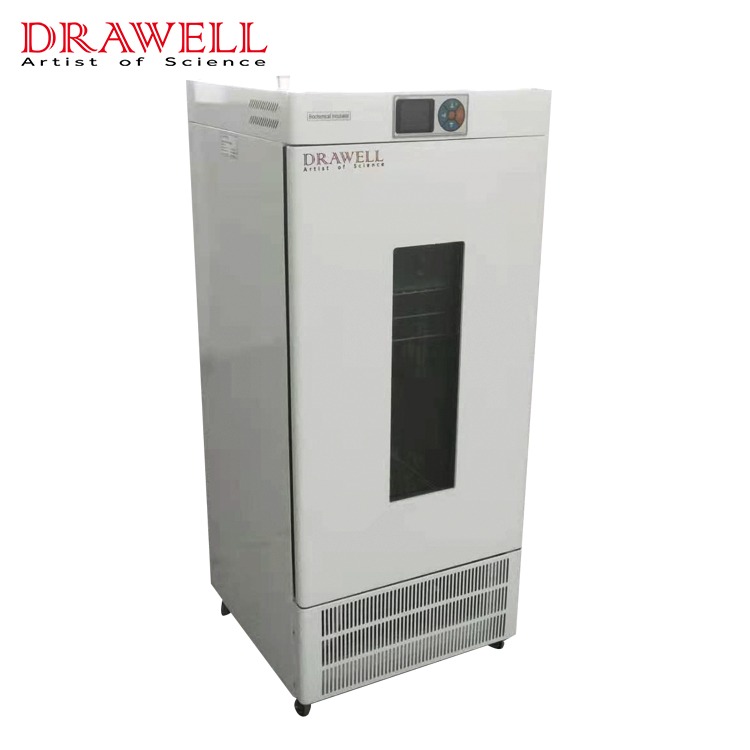BOD (Biochemical Oxygen Demand) incubators are critical pieces of equipment in environmental and biological laboratories, as they provide controlled conditions for incubating samples and measuring their oxygen consumption rates, which indicate microbial activity. These incubators keep a consistent temperature, often between 20 and 30 degrees Celsius, to promote microbial growth and metabolic activity. However, any significant temperature variations within the BOD incubator can have profound effects on experimental outcomes and the integrity of the samples being studied.

The Significance of Temperature Stability for BOD Incubators
1. Enzymatic Activity and Microbial Growth
- BOD measurements rely on the biological degradation of organic matter by microorganisms present in the sample. This degradation process is catalyzed by enzymes, which are highly temperature-sensitive.
- Temperature stability ensures that enzymatic activity remains consistent throughout the incubation period, facilitating accurate and reproducible BOD measurements.
2. Rate of Oxygen Consumption
- The rate at which microorganisms consume oxygen in the sample is directly influenced by temperature. Higher temperatures typically result in faster oxygen consumption rates, while lower temperatures slow down microbial activity.
- Temperature stability is essential for maintaining a constant rate of oxygen consumption, allowing for reliable extrapolation of BOD values over the designated incubation period.
3. Consistency in BOD Results
- Fluctuations in incubation temperature can lead to variations in microbial activity and oxygen consumption rates among different samples or replicate measurements.
- By ensuring temperature stability within narrow tolerances, BOD incubators help produce consistent and repeatable results, enhancing the reliability and comparability of BOD measurements over time.
4. Compliance with Regulatory Standards
- Environmental regulatory agencies often stipulate specific temperature requirements for BOD incubation, typically around 20°C for standard BOD testing.
- Maintaining temperature stability within regulatory limits is essential for compliance with mandated protocols and ensuring that BOD measurements meet regulatory standards for environmental monitoring and wastewater treatment.
5. Prevention of Sample Degradation
- In addition to microbial activity, temperature stability also plays a role in preventing sample degradation during incubation. Fluctuations in temperature can accelerate chemical reactions or microbial growth beyond the intended experimental conditions, leading to inaccurate BOD measurements.
- Stable incubation temperatures help preserve sample integrity and prevent unwanted changes that could compromise the validity of BOD results.
6. Instrument Calibration and Validation
- Temperature stability is a critical parameter during the calibration and validation of BOD incubators. Accurate temperature control ensures that calibration standards and validation protocols are executed under consistent conditions, validating the reliability and accuracy of temperature measurements within the incubator.

Effects of High Temperatures on BOD Incubators
Elevated temperatures in a BOD incubator can speed up microbial metabolism, resulting in a faster depletion of oxygen in the sample than expected. This can lead to unnaturally elevated BOD readings, which undermines measurement accuracy. Moreover, high temperatures can promote the growth of thermophilic organisms, which may not accurately represent the microbial community present in the original sample.
Furthermore, high temperatures might cause denaturation of proteins and nucleic acids in the sample, jeopardizing their structural integrity and functionality. This might cause irreversible harm to biological molecules and invalidate experimental results. Furthermore, high temperatures raise the possibility of contamination by allowing undesired bacteria to flourish, reducing the experiment’s trustworthiness.
Effects of Low Temperatures on BOD Incubators
Low temperatures in a BOD incubator, on the other hand, can inhibit microbial growth and metabolic activity, requiring a longer incubation period to produce meaningful findings. Suboptimal temperatures limit enzyme reactions and cellular processes required for microbial metabolism, resulting in overestimated BOD levels. Furthermore, freezing temperatures can cause microbial populations to go into hibernation, which slows or stops their growth.
Prolonged exposure to low temperatures may further raise the risk of sample degradation and contamination. Some bacteria may become more resistant to environmental stress in colder temperatures, affecting subsequent analyses and data interpretation. Furthermore, cold temperatures can cause physical harm to cells as ice crystals form, jeopardizing sample integrity.

Strategies to Mitigate the Effects of Temperature Variations on BOD Incubators
1. Regular Calibration
Periodic calibration of BOD incubators is essential to ensure accurate temperature control. Calibration verifies that the temperature sensors and controllers are functioning correctly, allowing for precise adjustment of temperature settings.
2. Temperature Monitoring
Continuous temperature monitoring in the BOD incubator is critical for spotting deviations from the setpoint. Automated monitoring systems with alarms can notify users to temperature variations, allowing for fast corrective action.
3. Quality Control Measures
Implementing rigorous quality control protocols helps minimize the risk of temperature-related errors. This includes verifying the accuracy of temperature readings, ensuring proper sample handling procedures, and adhering to standardized incubation protocols.
4. Insulation
Proper insulation of the BOD incubator chamber helps maintain stable temperatures and reduces the impact of external temperature fluctuations. Insulating materials such as foam insulation or double-pane glass doors can help minimize heat loss or gain.
5. Ventilation
Adequate ventilation is essential for preventing heat buildup within the BOD incubator. Proper airflow helps distribute heat evenly throughout the chamber, reducing temperature gradients and ensuring uniform incubation conditions.
6. Backup Systems
Installing backup power sources, such as uninterruptible power supplies (UPS) or generators, can prevent disruptions in temperature control during power outages. Backup systems ensure continuous operation of the incubator and prevent temperature fluctuations that could compromise experimental integrity.
7. Routine Maintenance
BOD incubators require regular maintenance and servicing to work optimally. This includes cleaning the inner surfaces, repairing damaged components, and checking seals and gaskets for signs of wear or damage.
8. Training and Education
Providing comprehensive training to laboratory personnel on proper incubator operation and maintenance is critical for reducing temperature fluctuations. Educating users on recommended procedures for sample handling, incubation techniques, and temperature monitoring contributes to consistent and trustworthy outcomes.
Conclusion
Temperature variations in BOD incubators can significantly impact experimental results and sample integrity. Maintaining stable and controlled temperature conditions within the incubator is critical for accurately measuring biochemical oxygen demand and analyzing microbial activity. Laboratories can assure the repeatability and validity of their environmental and biological research findings by putting in place strong quality control procedures and mitigation plans.

